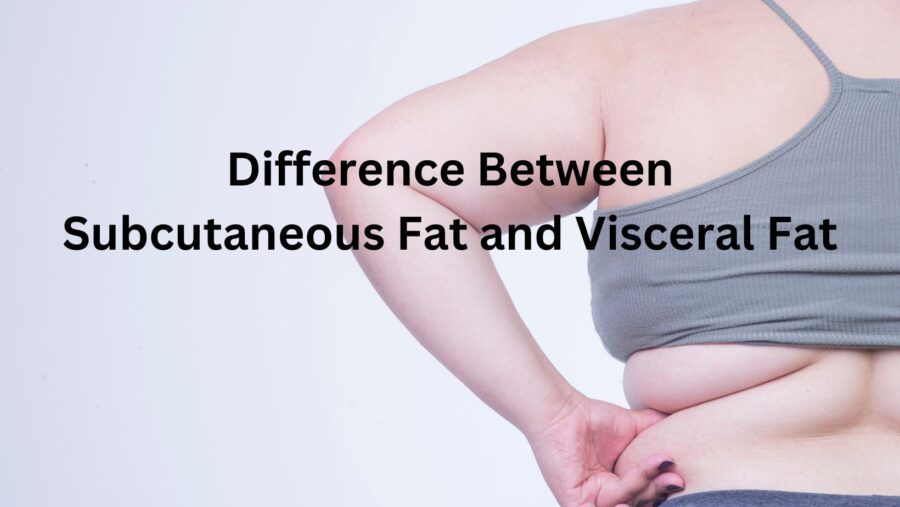Difference Between Subcutaneous Fat and Visceral Fat
Healthful Vitality | 02/08/2023 | Difference Between Subcutaneous Fat and Visceral Fat.

What is subcutaneous fat?
Both subcutaneous fat and visceral fat can have negative effects on a person’s health. Subcutaneous fat, while less dangerous than visceral fat, can still contribute to health problems if in excess. Excess subcutaneous fat can lead to a sedentary lifestyle and reduced physical activity, increasing the risk of heart disease, stroke, and type 2 diabetes.
What is visceral fat?
Visceral fat is even more dangerous, as it is stored deep within the abdomen and can surround the internal organs. Studies show the link of Visceral fat to several health problems, including heart disease, stroke, type 2 diabetes, and certain types of cancer. In addition, visceral fat is more metabolically active than subcutaneous fat and produces hormones and cytokines that can affect overall health.
Difference between Subcutaneous fat and visceral fat
Location: Subcutaneous fat is located just beneath the skin, while visceral fat is stored deeper within the abdomen, surrounding the internal organs.
Appearance: Subcutaneous fat is typically “fat rolls,” pinched between the fingers. Visceral fat is not easily seen or felt and is located deep within the body.
Health Effects: Studies show the link of Visceral fat to several health problems, including heart disease, stroke, type 2 diabetes, and certain types of cancer. Subcutaneous fat, while not as dangerous, can still contribute to many health issues if in excess.
Hormonal Responses: Visceral fat is more metabolically active than subcutaneous fat and produces hormones and cytokines that can affect overall health.
Gender Differences: Women tend to store more subcutaneous fat, while men tend to store more visceral fat.
Age Differences: As people age, they tend to lose muscle mass and gain fat, often in the form of visceral fat.
Exercise Response: Subcutaneous fat is more responsive to exercise and diet than visceral fat.
Metabolic Functions: Visceral fat has a more direct impact on metabolic functions, including insulin sensitivity, while subcutaneous fat has a more indirect impact.
Blood Flow: Visceral fat has a greater blood flow compared to subcutaneous fat, allowing for greater hormone production and impact on metabolism.
Response to Weight Loss: Visceral fat tends to be the first to go during weight loss, while subcutaneous fat is typically the last to be lost.
Conclusion
In conclusion, both subcutaneous fat and visceral fat can lead to a larger waist circumference, which is a risk factor for various health problems. A healthy waist measurement for women is typically less than 35 inches, while for men, it is less than 40 inches. Maintaining a healthy body weight and reducing excess fat, both subcutaneous and visceral, can help to reduce the risk of many health problems and improve overall health.
Related Articles:
What Is Belly Fat? (Belly Fat Definition)
References:
https://idolpersona.com/melissa-joan-hart-weight-loss
